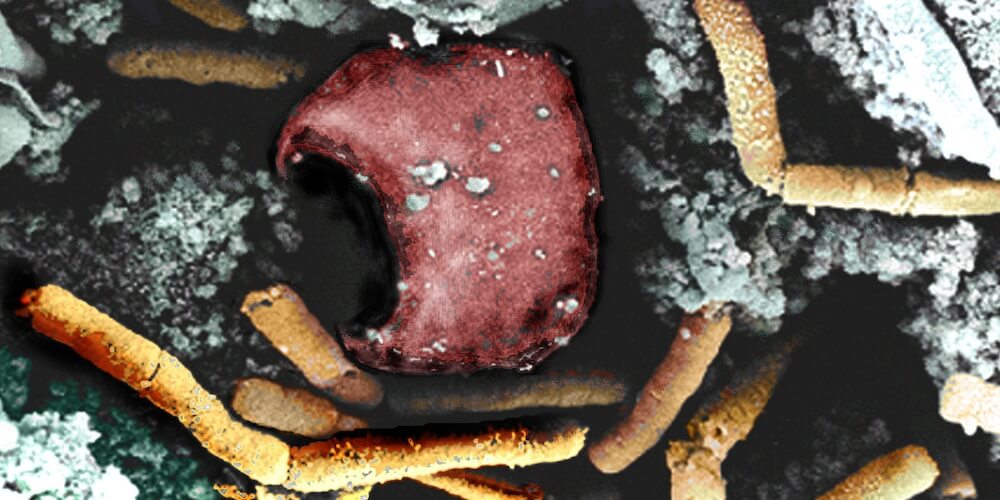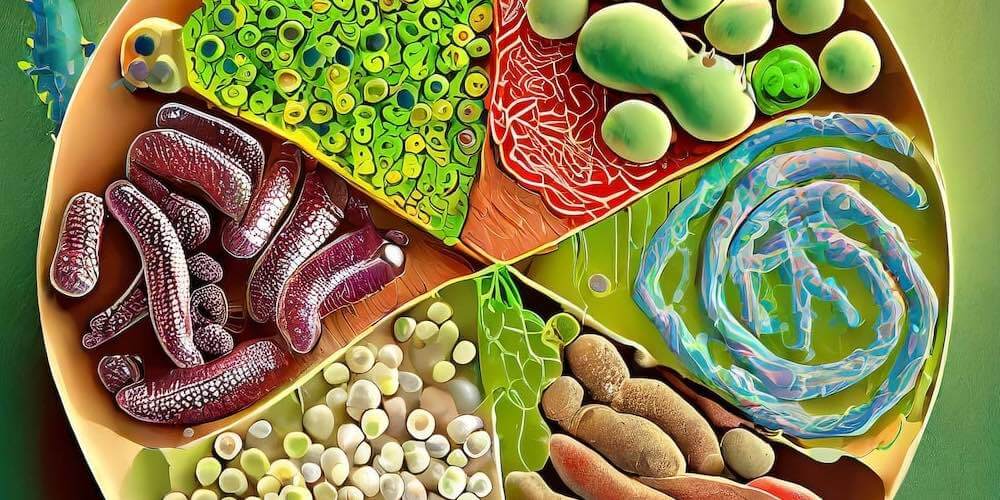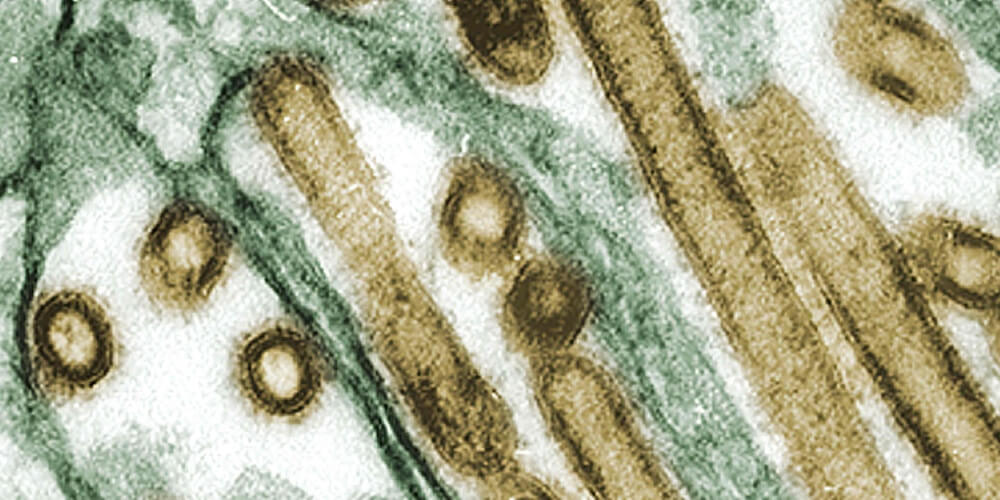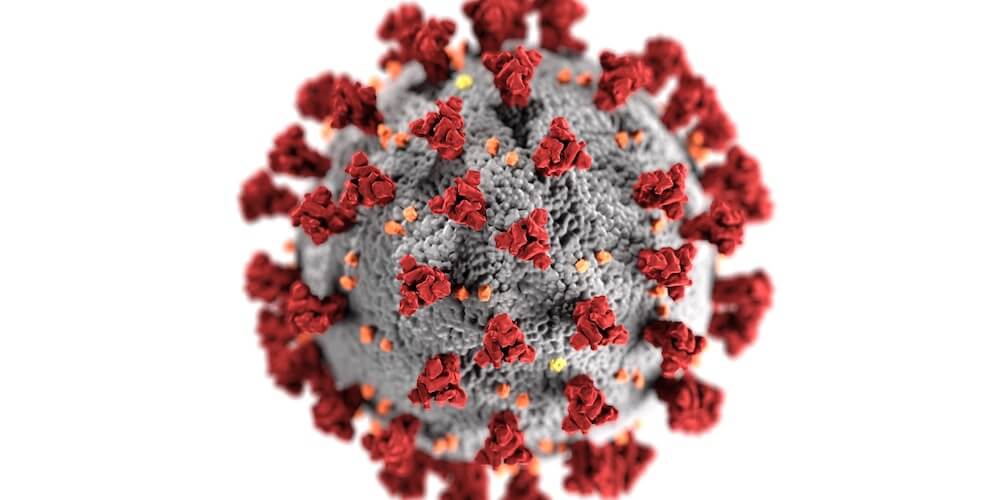(Micro)bioterrorism: leveraging genomic data to improve anthrax surveillance

What is anthrax?
Anthrax is a serious, life-threatening infectious disease, which is caused by a rod-shaped bacterium called Bacillus anthracis (CDC, 2024a). B. anthracis is arguably most well-known for its previous use as a biological weapon and bioterrorism agent (CDC, 2024b; Wagar, 2015). However, in some parts of the world, B. anthracis naturally resides in soil, where it can form highly resilient spores capable of withstanding harsh environmental conditions (CDC, 2024a; Mock and Fouet, 2001). Wild and domestic animals (livestock that graze, in particular; e.g., cattle, goats, sheep) can become infected by ingesting or inhaling B. anthracis spores present in soil, water, and other natural environments (CDC, 2024a; FDA, 2024). Anthrax cases among humans can occur when B. anthracis spores enter the body (e.g., by inhaling or ingesting spores, or when spores come in contact with a cut or lesion), as such, people who interact with infected animals or animal products have an increased risk of exposure (CDC, 2024a; CDC, 2024c; FDA, 2024).
Bacillus anthracis: the original anthrax-causing pathogen
For over a century, B. anthracis has been known to be a causative agent of anthrax. In 1876, scientist Robert Koch demonstrated that B. anthracis, when injected into animals, caused disease (CDC 2024d; Blevins and Bronze, 2010; Koch, 1876). Not only did his studies provide insight into B. anthracis biology, but they were the first to link a specific bacterium to a specific disease (Blevins and Bronze, 2010). Further, Koch’s work with B. anthracis led to the publication of what are now famously known as Koch’s Postulates, which serve as formal criteria for establishing a causal relationship between a microbe and a disease (CDC 2024d).
Since Koch’s discoveries in the late 1800s, research into B. anthracis biology and pathogenesis has led to numerous breakthroughs in anthrax prevention and treatment (CDC 2024d). Several anthrax vaccines have been developed for both humans and animals, and improvements in anthrax treatment (e.g., antibiotics, anthrax antitoxins) have led to better patient outcomes (CDC 2024d; Person, et al., 2022). However, these breakthroughs are often overshadowed by the use of B. anthracis as a bioweapon, with the first documented case occurring during World War I (CDC 2024d).
“Bacillus cereus” biovar Anthracis: a new type of anthrax
Over 100 years after Koch linked B. anthracis to anthrax, researchers at the U.S. Centers for Disease Control and Prevention (CDC) discovered a novel pathogen capable of causing anthrax-like illness (Hoffmaster, et al., 2004). Later termed “Bacillus cereus” biovar Anthracis (Antonation, et al., 2016; Carroll, et al., 2020; Klee, et al., 2006), this novel pathogen resembled a completely different species, “Bacillus cereus”, but was able to cause anthrax-like disease like B. anthracis (Hoffmaster, et al., 2004; Klee, et al., 2006).
Since its discovery in 2004, “B. cereus” biovar Anthracis has been responsible for several other cases of severe, anthrax-like illness among humans and animals, several of which resulted in fatalities (Baldwin, 2020). Notably, using whole-genome sequencing (WGS), scientists have revealed that “B. cereus” biovar Anthracis strains are incredibly diverse, indicating that different strains–and even species–have acquired the ability to cause anthrax; as a result, novel approaches must be developed to prepare for the emergence of novel anthrax-causing pathogens (Carroll, et al., 2022).
Combating anthrax with genomic data
Due to their severity and bioterrorism potential, anthrax-causing B. anthracis and “B. cereus” biovar Anthracis represent severe global public health threats. To prepare for potential emergencies, scientists are taking proactive, data-driven approaches. Specifically, laboratories around the world are routinely using WGS to query the genomes of anthrax-causing bacteria. This WGS data is deposited in public databases (e.g. the National Center for Biotechnology Information (NCBI) databases), often alongside metadata conveying when, where, and how the anthrax-causing strain was isolated (Ramnath, et al., 2023).
WGS data and metadata derived from anthrax-causing pathogens have tremendous potential to be utilised within the realms of public health and emergency preparedness. Specifically, WGS-based pathogen surveillance tools are allowing scientists to monitor pathogens in close to real-time (Gardy and Loman, 2018). This (meta)data can be used to identify and resolve outbreaks sooner, leading to better public health outcomes and lower burdens of illness (Gardy and Loman, 2018; Ramnath, et al., 2023). We envision that similar methods can be used for anthrax-causing pathogens. For example, routine WGS of bacilli can allow public health officials to rapidly identify novel, emerging anthrax-causing pathogens, facilitating faster response times and minimising the number of human illness cases (Ramnath, et al., 2023). Overall, whether the culprit is B. anthracis, “B. cereus” biovar Anthracis, or a yet-unknown anthrax-causing pathogen, WGS has the potential to help public health officials and clinicians prepare for and respond to illness cases, outbreaks, and bioterrorism attacks.
Cite this editorial
Carroll, L. (2024). Editorial- (Micro)bioterrorism: leveraging genomic data to improve anthrax surveillance. Online resource. DOI: 10.17044/scilifelab.25547476.


